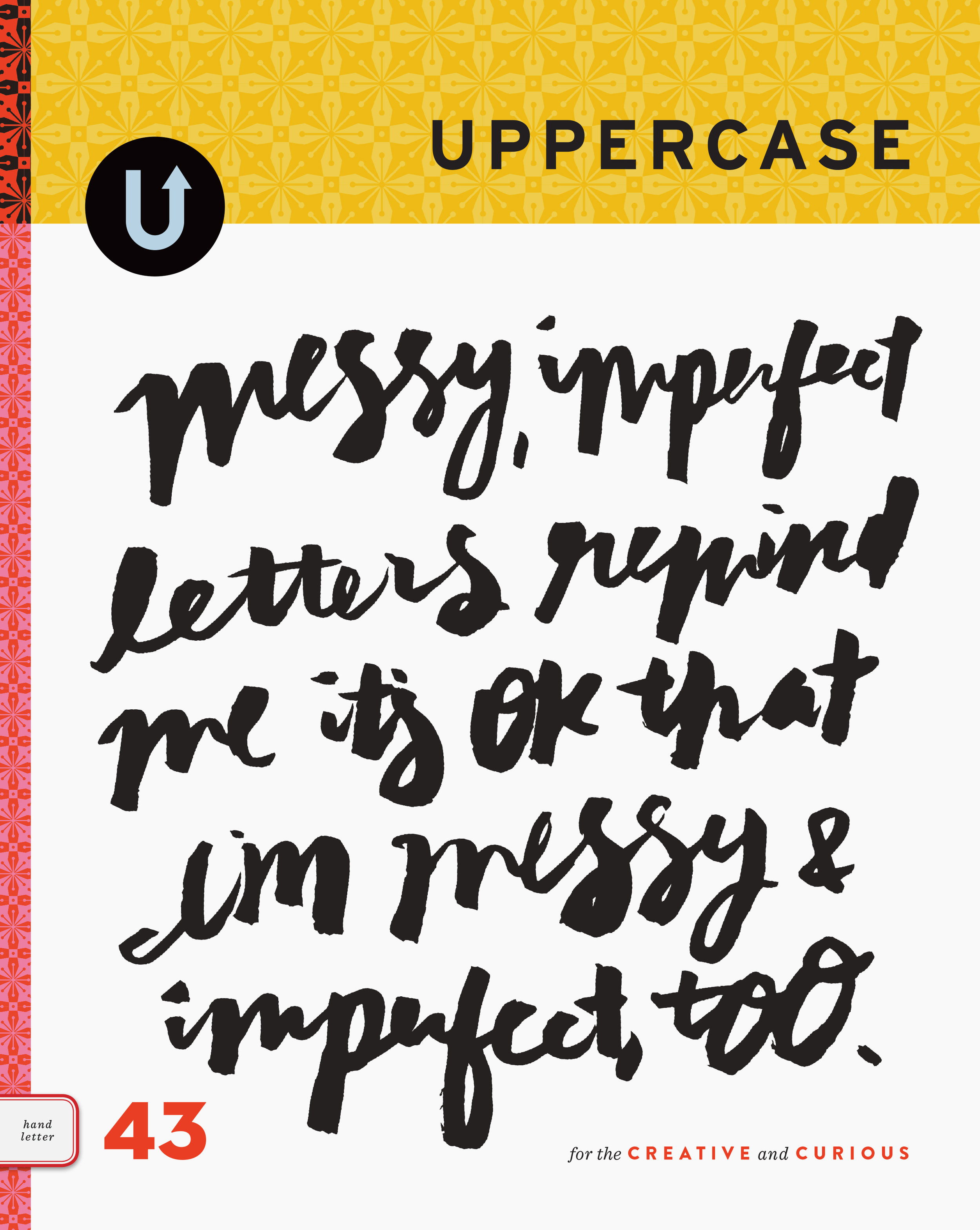Chocolat
/
First issues of magazines typically have more editorial content and have had significant development and production time. From a design perspective, they are interesting to analyze. The first issue must grab the attention of its target audience (and advertisers) and present the publication's personality with confidence and a distinct style.
Since the folks at Chocolat were kind enough to contact me a few months ago about inclusion in this issue, I won'd be too hard on their design team. However, my main recommendation would be to narrow down the selection of typefaces. There are simply too many, and none of them are particularly refined faces nor do they relate visually to the rather charming masthead.
As a fan of the American homestyle magazine, Domino, I can see that Chocolat is borrowing some of the visual language that Domino has well established in the past few years. I can also see the influence of Martha Stewart's latest magazine, Blueprint, particularly in the masthead and choice of decorative typefaces. Although I see the value in referencing existing magazines and therefore borrowing on their success and subject recognition, it would have been nice for a Canadian magazine to explore some new visual territory.
The trend in magazines is the lifestyle shopping magazine. Many magazines are basically a glorified catalogue of shopping websites, or a paper version of a design style blog (Design Sponge). Domino does a nice job of balancing editorial with the web links and shopping info so that the reader doesn't feel like they're reading a gigantic illustrated shopping list. For me, there is a tangible reason to buy Domino or Blueprint: both the magazines offer a diversion into well-designed world of typography, photo styling, colour and content. For less than the price of a movie ticket, I can be happily entertained for a few hours or more. Other than the personally memorable page on UPPERCASE, Chocolat didn't leave an lasting impression on me. I was left wondering when the new issue of Domino comes out... how nice it will be to curl up on the couch with a new issue!






















